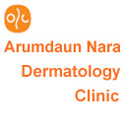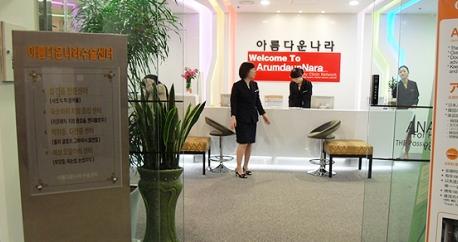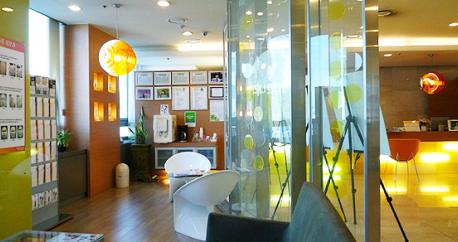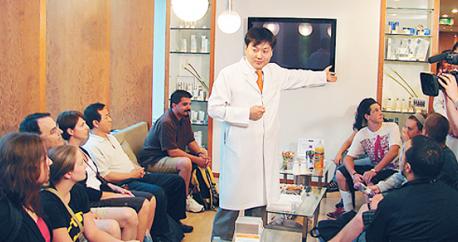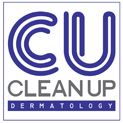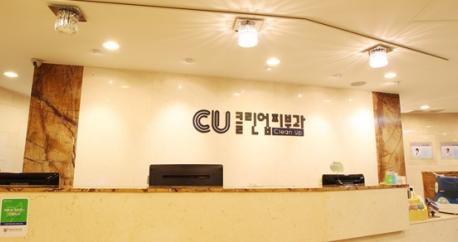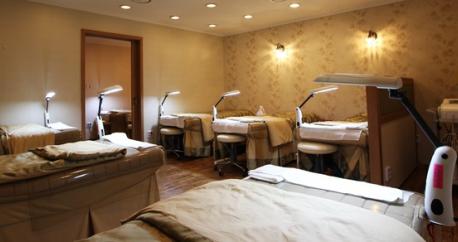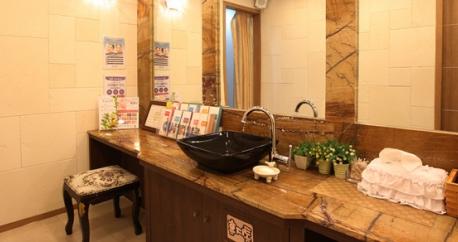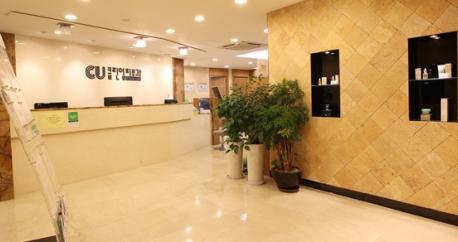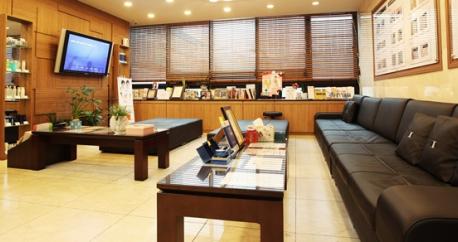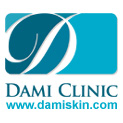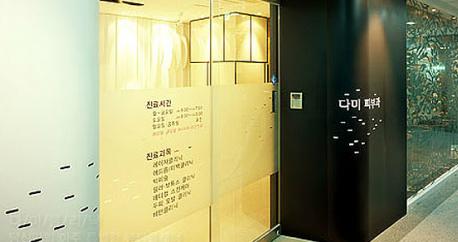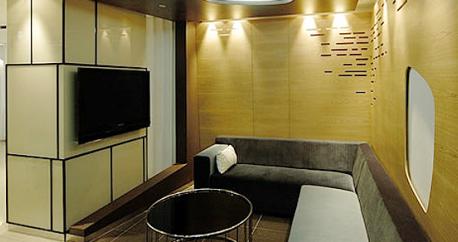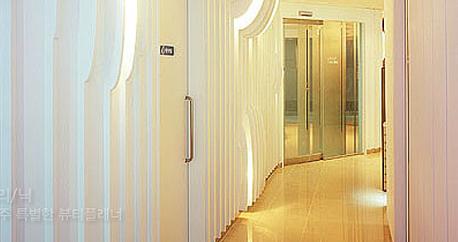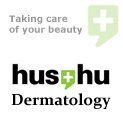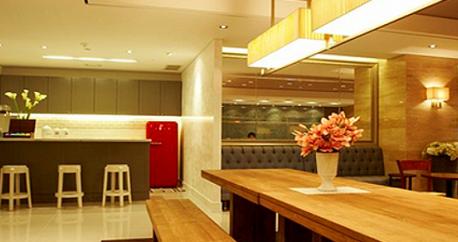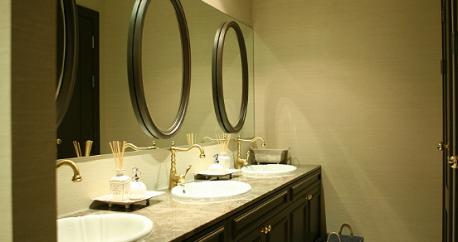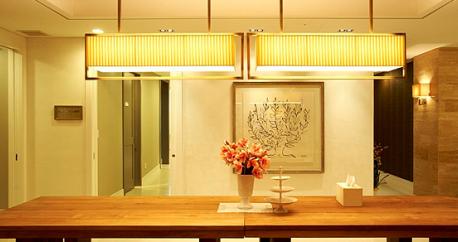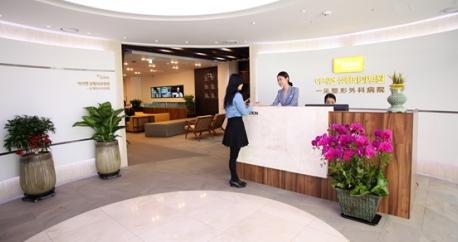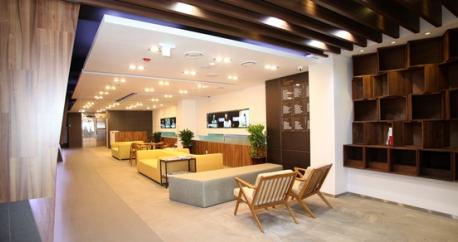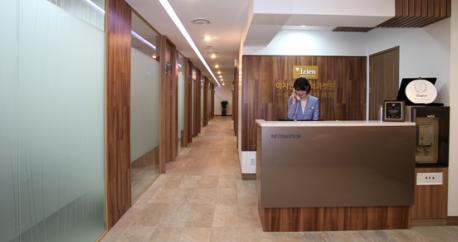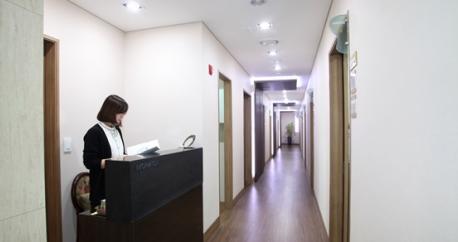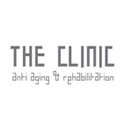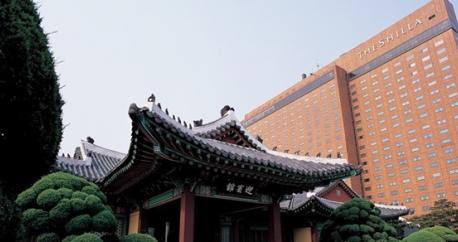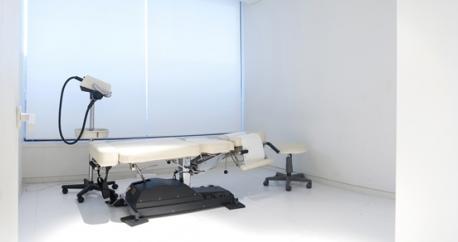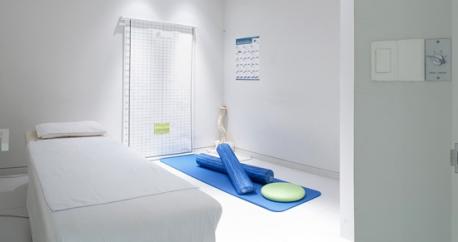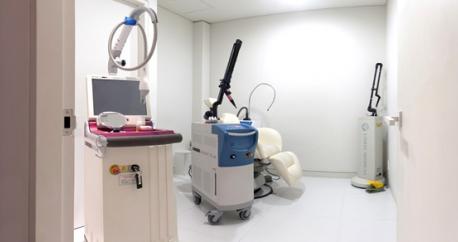Damaged or weakened skin cells affects melanin production which causes discoloration of your natural skin color. Hyperpigmentation irregulities are quite common and many times are associated with the aging process. Exposure to sunlight is also a major cause of pigmentation disorders. People with darker skin tones are much more prone to hyper pigmentation, especially if they have excessive sun exposure.
When you have a brownish or blackish skin discoloration or splotch on your skin, it is known as skin pigmentation that is caused by female hormones, genetic reasons or Extended exposure to ultraviolet radiation. Age spots, sun spots, liver spots and freckles are the different types of skin pigmentation. It happens when your body produce too much melanin which darken the skin. Right treatment by finding the causes of discoloration can help you remove or lighten unwanted spots.
Ideal Candidates for Pigmentation Treatment
- People who have freckles, moles, or age spots.
- People who want to brighten dull, dry skin.
- Patient that has Inflammatory pigmentation due to acne problem.
Types of Skin Pigmentation
Freckle
These are small spots of brown pigment that frequently occur when fair-skinned people are exposed to the sun or to ultraviolet light, genetic reasons or female hormones. It can be removed or lightened but also can reoccur in some cases.
Liver Spots
Flat, smooth, irregularly placed markings on the skin, called liver spots , often appear among older people, and result from an increase in pigmentation. Liver spots are permanent, and the principal cause is not aging but the accumulated years of exposure to sun and wind.
Mole
It is a pigmented spot on the outer layer of the skin and can be round, oval, flat, or raised. Moles can occur singly orin clusters on any part of the body. Most moles are brown, but colors can range from pinkish flesh tones to yellow, dark blue, or black.
Nevus of Ota
It is a blue hyper pigmentation that occurs on the face. It was first reported by Dr. M. T. Ota of Japan in 1939. It should not be confused with Mongolian spot. Women and Asian are nearly five times more likely to be affected than men and Westerner, and it is rare among white people. Nevus of Ota may not be congenital, and may appear during puberty.
Flushing
Involuntary skin redness usually of the face that extends blood vessels when redness occurs and it can be treated by laser treatment.
Treatment Methods of Skin Pigmentation
IPL
It is a non-invasive treatment designed to stimulate and encourage healing and regeneration of the skin through the application of a broad-spectrum light. Treatments using IPL improve the skin color and texture through safe light energy. It is mainly used to target unwanted discoloration of the skin, such age spots, freckles, melasma, visible veins, flushing and other conditions.
- Treatment : 3~5 sessions recommended at intervals of 3-4 weeks
- Required Time : about 20~30 mins
Laser Toning
It uses a revolutionary process delivers the laser energy through your skin’s surface, to gently stimulate the production of collagen while protecting the outer layer of your skin. The new collagen softens the appearance of aging skin. Unlike laser and chemical peels, Laser-Toning does not resurface the skin. It simply tightens your skin to diminish the appearance of wrinkles and pigmented spots.
- Treatment : 5~10 sessions recommended at intervals of 1~2 weeks
- Required Time : about 10 ~20 mins
Q-Switch Nd: YAG Laser
It provides a new paradigm for treatment of pigmented lesions, such as sun-damaged skin and age spots, and for removal of unwanted tattoos.
Nd:YAG 1064 nm : ideal for treating dark tattoos, dermal pigmented lesions, and for skin resurfacing
Nd:YAG/KTP 1064/532 nm : optimal for bright colored tattoos and solar lentigines and also used for vascular lesions, including facial and leg veins, telangiectasias, and angiomas
- Treatment : 5~10 sessions recommended at intervals of 4~8 weeks
- Required Time : about 40 mins
Erbium: YAG Laser
Removing layers of damaged skin to stimulate new skin regeneration It produces energy in a wavelength that gently penetrates the skin, is readily absorbed by water and scatters the heat effects of the laser light. The Er:YAG laser is commonly used for skin resurfacing to improve moderate facial wrinkles, mild surface scars or splotchy skin discolorations.
- Treatment : Should be treated at intervals of 4~8 weeks
- Required Time : about 30 mins
CO2 Laser
By delivering very powerful, rapid pulsing or scanning of the latest generation of CO2 lasers, dermatologic surgeons are able to resurface the skin for cosmetic improvement. This technique removes fine lines, wrinkles of the face, moles, warts, liver spots and smoothes acne scars, and rejuvenates aging and sun-damaged skin as it contours the skin surface.
- Treatment : Should be treated at intervals of 1~2 weeks
- Required Time : about 30 mins
The Blood Vessel Laser
It uses a wavelength of light that is maximally absorbed by blood vessels. The laser is therefore very selective in treating blood vessels and minimizes damage to surrounding tissues. There is much less risk of scarring with this method.
- Treatment : 3~5 sessions recommended at intervals of 1~2 weeks
- Required Time : about 40~50 mins
Vital Ionto
High Vitaliont is an iontophoresis treatment system that uses a combination of essences and needles to help clear up skin blotches and imperfection. Iontophoresis is a method that enables an ionize solvent such as our Vitamin C complex to penetrate into the skin. It will ionize the active principle and deliver it with achieve a very high concentration of Vitamin C in the dermis compared to topical application alone.
- Treatment : 4~10 sessions recommended at intervals of 1~2 weeks
- Required Time : about 1 hour
Ionzyme
It allows to enhance the absorption of nutriments by bringing Vitamin C,A,E deep into your skin using the anode (+) and the cathode (-) as of electric currents. The galvanic ion pushes all the cosmetic ingredients of those branded skin care products into your skin to maximize the result.
- Treatment : 4~10 sessions recommended at intervals of 1~2 weeks
- Required Time : about 1 hour
KMH Recommended Tips
- Redness, pain, swelling may occur after treatment which will be naturally removed over time.
- Apply an ice pack when pain gets worse.
- Avoid hot sauna tight after pigment treatment.
- In some cases, you may have scabs. Please do not remove them.
- Apply sun screen product thoroughly at all times.
At-home care Tips
The sun radiates light to the earth, and part of that light consists of invisible ultraviolet (UV) rays. When these rays reach the skin, they cause tanning, burning, and other skin damage and that is when our body produces melanin to protect itself. Applying sun screen product at all times is important especially after pigment treatment. Also it is highly recommended for you to moisturize your skin at all times.
